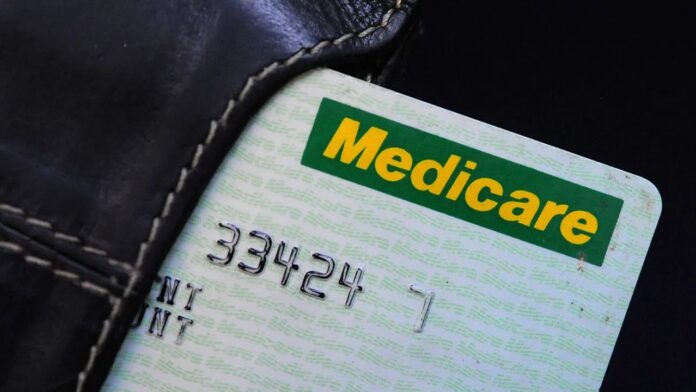New Medicare Pilot 2026: The Trump administration is ready to test a new Medicare program that could change how millions of older Americans get medical care. Starting in January 2026, patients in traditional Medicare will have to get approval before going through certain medical procedures. Until now, this type of step was more common in private Medicare Advantage plans, not in the regular Medicare system.
The new plan will first run in six states Arizona, New Jersey, Ohio, Oklahoma, Texas, and Washington. The Centers for Medicare & Medicaid Services (CMS) said the main idea is to cut down on fraud, waste, and money spent on treatments that may not be needed. Medicare already takes up a huge part of the federal budget, nearly 1/4th, so the government wants to lower costs.
Medicare Coverage Gaps: Steps seniors can take now to secure better protection
Use of AI and Private Contractors
What makes this plan very different is the use of private contractors and artificial intelligence tools. Computers will review requests before patients get care, and the system will decide first if it should be allowed. CMS said trained doctors will still give the final yes or no, but the first layer of review will be guided by algorithms.
Critics believe this could make things harder for older patients. They fear people with urgent health problems could face delays because they must wait for approval. Some doctors also worry their advice will be ignored while software and paperwork take control.
This idea is not new. Around ten years ago, the government tried a similar program. It saved between $1.1 and $1.9 billion in five years, as reported by the Government Accountability Office. But the trial also created long delays and confusion, which finally made officials end it. This time, the Trump team believes new technology can fix those problems and help speed things up instead of slowing them down.
Strong Opposition
Democratic lawmakers are strongly against this pilot, saying it could make health care worse. They also pointed out something they see as a contradiction. Just a few months back, in June, the same administration had shown support for limiting prior authorization in private insurance, but now they are adding it to Medicare.
Patient advocacy groups have raised alarms too. They say older people with complicated health issues may end up waiting too long for care while their requests go through reviews. That could be risky for many seniors who need fast treatment.
How Much Can You Earn and Still Get Medicaid in New York in 2025?
The program will cover a wide list of treatments, including ones in orthopedics, neurology, pain management, and urology. Many of these are for chronic health problems that affect older adults.
According to an update provided by New York Times journalist Teddy Rosenbluth, the pilot program will cover the following medical procedures beginning in 2026:
- Electrical Nerve Stimulators
- Sacral Nerve Stimulation for Urinary Incontinence
- Phrenic Nerve Stimulator
- Deep Brain Stimulation for Essential Tremor and Parkinson’s Disease
- Vagus Nerve Stimulation
- Induced Lesions of Nerve Tracts
- Epidural Steroid Injections for Pain Management (excluding facet joint injections)
- Percutaneous Vertebral Augmentation (PVA) for Vertebral Compression Fracture (VCF)
- Cervical Fusion
- Arthroscopic Lavage and Arthroscopic Debridement for the Osteoarthritic Knee
- Hypoglossal Nerve Stimulation for Obstructive Sleep Apnea
- Incontinence Control Devices
- Diagnosis and Treatment of Impotence
- Percutaneous Image-Guided Lumbar Decompression for Spinal Stenosis
- Skin and Tissue Substitutes (only applicable in states with active Local Coverage Determinations)




